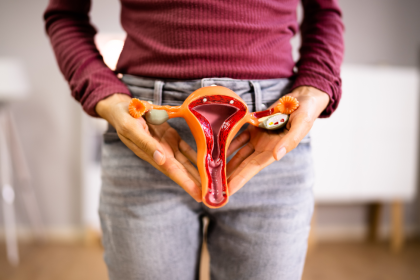Public bathrooms serve as essential facilities in our daily lives, but their conditions can vary significantly. While many are well-maintained and safe, others may present health or safety concerns that warrant caution. Understanding key warning signs helps you make informed decisions about facility use. Regular inspection and maintenance play crucial roles in ensuring these spaces remain safe for public use. The difference between a well-kept facility and a neglected one can significantly impact public health.
Recognizing potential issues before entering a public restroom allows you to protect your health and well-being. These seven warning signs can help you assess whether a facility meets basic safety and hygiene standards. Being proactive about identifying these signs can save you from uncomfortable or potentially harmful situations. Taking a moment to evaluate the conditions before use helps ensure a safer experience in public facilities.
1. Poor maintenance conditions
Well-maintained facilities indicate regular cleaning and care. Warning signs of poor maintenance include overflowing waste bins, broken fixtures, and visibly dirty surfaces. These issues often signal deeper problems with overall facility management and cleaning protocols.
Regular maintenance reflects a commitment to public health and safety. When basic upkeep appears neglected, it suggests that other important health and safety measures may also be overlooked.
2. Inadequate ventilation
Proper ventilation plays a crucial role in maintaining healthy air quality and preventing moisture buildup. Poor air circulation can lead to respiratory discomfort and indicate insufficient facility maintenance. A well-ventilated space helps ensure a more hygienic environment.
Adequate airflow helps control humidity levels and reduces the risk of mold growth. It also indicates that basic building systems receive proper attention and care.
3. Unsafe floor conditions
Floor safety represents a critical aspect of public facility management. Standing water or other substances can create slip hazards and indicate plumbing issues. Clean, dry floors suggest regular monitoring and prompt attention to maintenance needs.
Proper drainage and quick response to spills demonstrate commitment to user safety. These basic measures help prevent accidents and maintain hygienic conditions.
4. Missing hygiene supplies
Essential supplies like soap and paper products play a vital role in maintaining personal health. Their absence indicates poor facility management and compromises users’ ability to practice good hygiene. Well-stocked supplies reflect regular monitoring and maintenance.
Hand washing remains one of the most effective ways to prevent illness transmission. Facilities should provide necessary supplies to support this basic health practice.
5. Signs of structural issues
Building integrity matters for both safety and hygiene. Cracked tiles, damaged walls, or broken fixtures can harbor bacteria and create safety hazards. Well-maintained structures indicate proper facility management and care.
Regular structural maintenance helps prevent accidents and ensures a more sanitary environment. It also suggests attention to other important safety and health measures.
6. Inadequate lighting
Proper illumination ensures users can navigate safely and assess cleanliness. Dark areas make it difficult to evaluate surfaces and maintain personal hygiene. Well-lit facilities demonstrate consideration for user safety and comfort.
Good lighting helps users identify potential hazards and maintain proper hygiene practices. It also indicates regular monitoring of facility conditions.
7. Non-functioning equipment
Working equipment, from faucets to hand dryers, ensures proper hygiene practices. Broken or malfunctioning fixtures can compromise health safety and indicate broader maintenance issues. Properly functioning equipment supports essential hygiene practices.
Maintaining personal health safety
When using public facilities, consider these preventive measures:
- Carry personal hygiene supplies for emergencies
- Practice thorough hand washing when possible
- Use paper towels to handle door handles and faucets
- Report maintenance issues to facility management
- Consider alternative locations if conditions seem unsafe
Looking forward
While public restrooms provide essential services, maintaining personal health and safety requires awareness and good judgment. Understanding these warning signs helps you make informed decisions about facility use while protecting your well-being.
Remember that proper hygiene practices remain your best defense against health risks in any public space. By staying alert to these warning signs and maintaining good personal habits, you can better protect your health when using public facilities.
This story was created using AI technology.












